User-Generated Content: A Beginner's Guide
User-generated content (UGC) refers to all promotional content contributed and disseminated by an unsolicited member or user of a brand, onwards of the brand itself. Some examples of UGC include customer reviews, images or videos posted on social networking sites, or even blogs associated with a particular brand or its products. In this UGC guide, we will discuss a growing marketing phenomenon called user-generated content and how it is viewed in present-day marketing. What will you learn from this guide:
- Meaning of user-generated content and different individuals involved in creating such content.
- Variations in UGC with examples from the brands on how these can be infused into their strategies.
- The rationale behind UGC marketing strategies.
- Case studies of successful implementation of UGC initiatives by both international and local brands.
- Recommendations on how to use UGC in your marketing activities.
It does not matter if you are a marketing expert interested in boosting your brand’s involvement or an entrepreneur wishing to find an efficient means of advertisement; this article will inspire you with ideas and present useful techniques for applying UGC.
If a user adds a photograph of their sneaker collection from the several hundred they own of various Nike Air Max and calls it “a collection every stylish person should have”, that is UGC. The user tags Nike in the image, mentions #AirMaxMondays, and says something nice about the shoes; this encourages the user’s friends to buy this shoe brand. Nike benefits from this as they get free advertising.
The hashtag #AirMaxMondays has been adopted with a more robust frequency, where followers of the Nikeworld come together to display various designs of their Air Max shoes every week. The UGC campaign in this aspect also seeks to promote the different designs of the Air Max range while connecting the sneaker culture from all over the world.
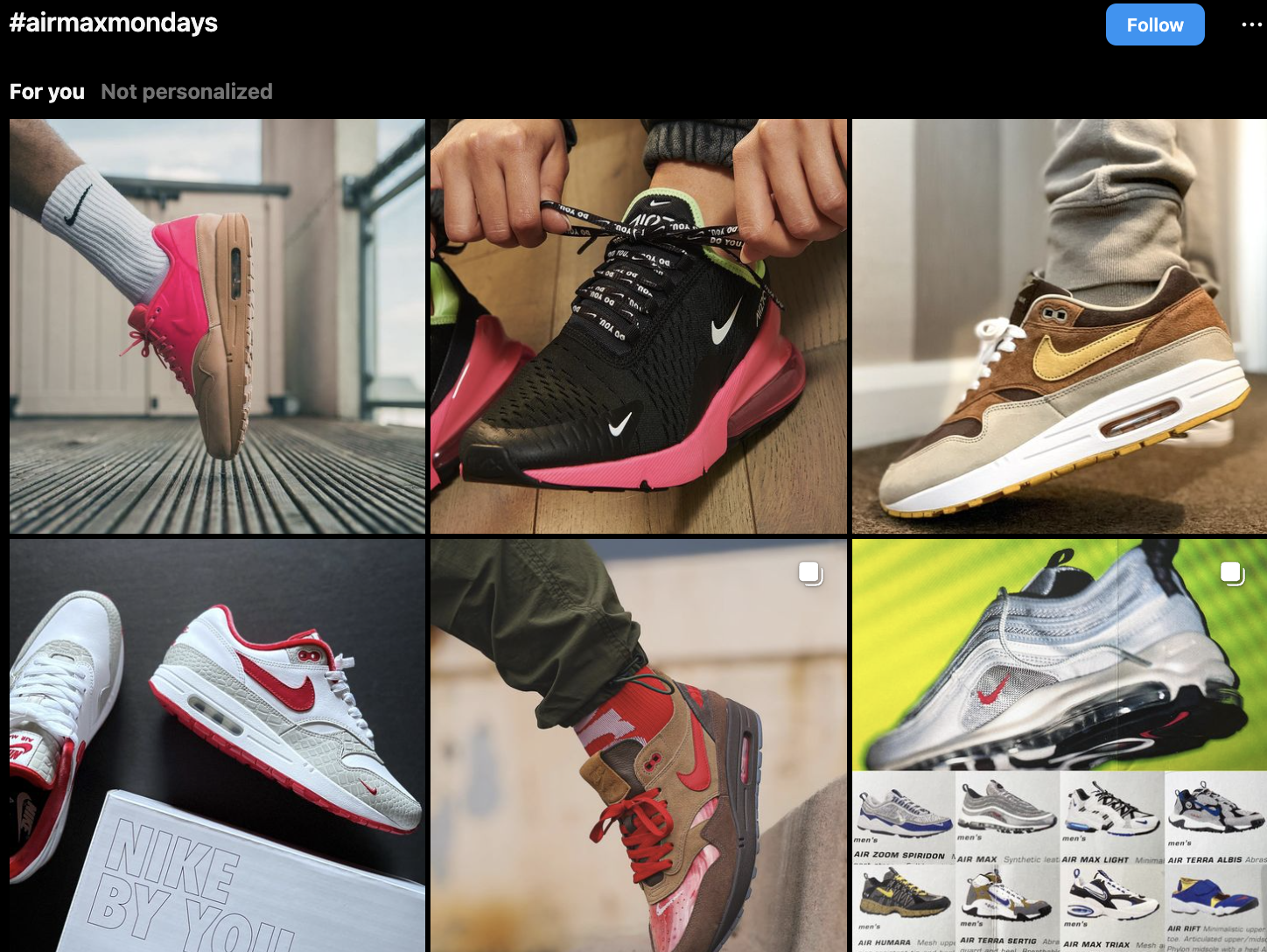
Who Creates User-Generated Content?
UGC can be viewed as a cost-free advertising means that is beneficial to brands in widening their scope. Here are some of the individuals who contribute to creating user-generated content:
- Customers
- Social media followers
- Brand advocates
And in case the brand portrays employees developing content, how do we refer to such content? Employee-generated content (EGC). This is a trait of UGC provided that the content shared is real and not requested by the company.
For instance, a person employed in an Apple Store, who takes to their personal social media account to exhibit certain items, would be an example of Employee-generated content.
On the other hand, if a person is commissioned to do what is referred to as UGC creator hence posting purposely promotional work creation that is disguised to look like real user-generated, that is not user-generated content.
Types of UGC
Content generated by the user can be found in more forms than you think. Every type is a chance for the brand to be mentioned, shared, or recommended somewhere, and eventually create awareness or trust with its audience.
Let's explore the most notable applications of user-generated content marketing:
- Video content: Unboxing videos, tribute videos, and product showcase videos posted on social platforms by everyday people aid in creating awareness, trust, and reliability towards the brand.
- Branded selfies: Images of customers with some product, and branded materials (posters, storefront, and branded background) help create branding on social media.
- Reviews and testimonials: These are customer-generated ratings of products that can be found on sites like Yelp, Google, and even on your own site.
- Podcast: At times, podcasts contain conversations between their hosts and guests who provide information on the goods and services that they use increasing audience engagement with the product.
- Articles: Users and workers may wish to put down an article or a blog concerning a brand they interact with and its related matters.
- Contests: In contests, the users are asked to develop content, e.g., a photograph or a video, and submit it to the organizers of the competition to win a prize.
So, what type of user-generated content do you encourage? Every one of them. Because different types of user-generated content will resonate with different parts of your audience.
For example, UGC is used by Airbnb to bring active participation to people looking through its website. Customers are encouraged to post photos of their experiences on social media with the #Airbnb hashtag.
By motivating fans to include #Airbnb in their pictures or videos, the brand not only enhances its scope but also obtains free and easily relatable material. This makes it possible for Airbnb to highlight the actual experiences of the people within its fold, which makes its image more appealing to the customers.
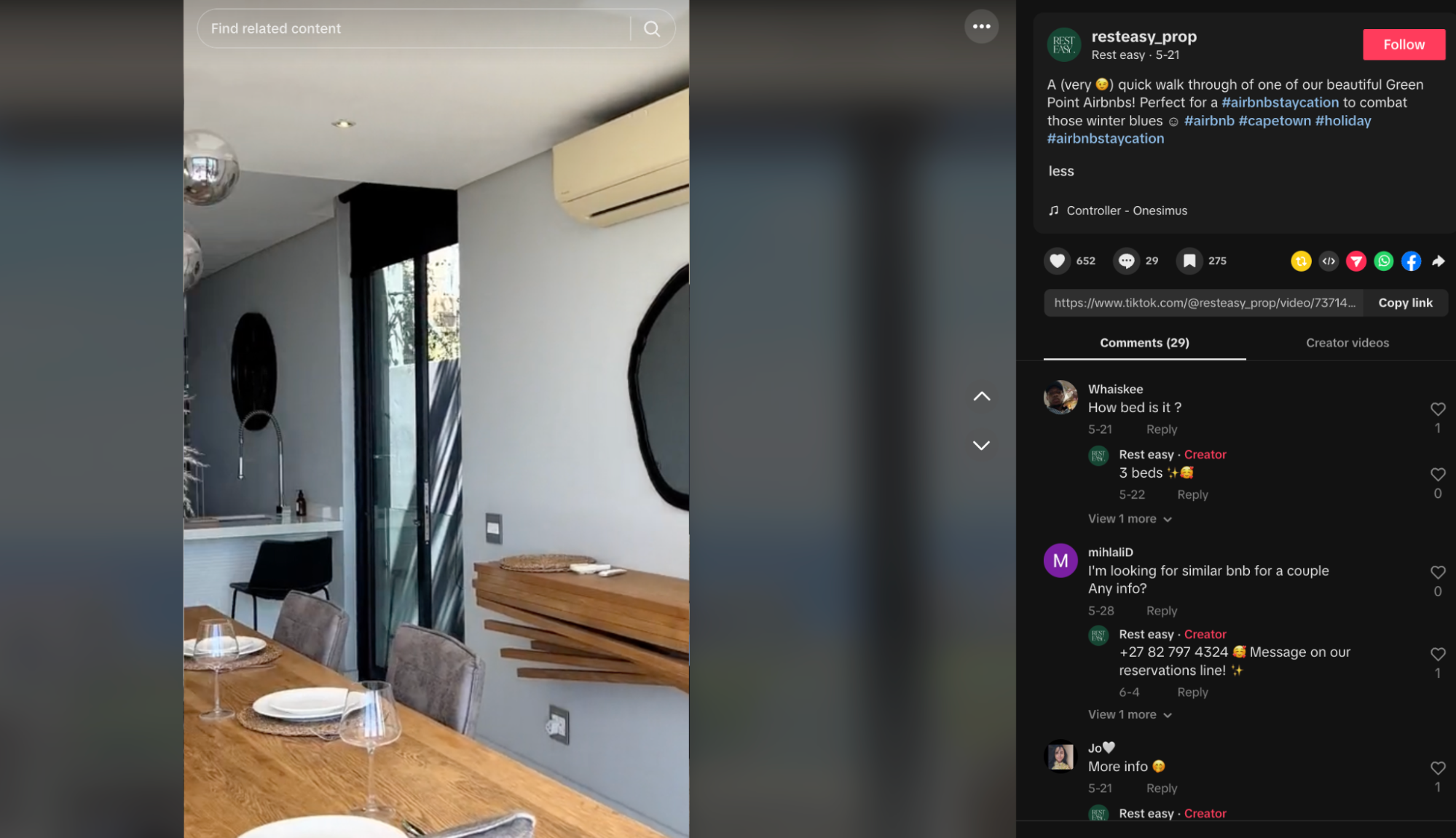
Looking at images taken by other travelers makes people who may be interested in using an Airbnb, as well as their followers, more motivated to book their stay or post about it. This kind of growth is part of the many advantages UGC has.
User-Generated Content Benefits
UGC gives consumers a chance to endorse a brand which aids in convincing prospective customers. Such endorsement is valuable.
A study contributed by Brightlocal shows that nearly half (50%) of consumers consider online reviews as effective as recommendations from relatives and friends.
Let us examine the primary importance of UGC in more detail:
- Cost-Effectiveness
This is where UGC comes in handy especially since users are already creating content on their own websites. This means less money will be spent on content creation since the audience is already creating it. As a result, you will be able to balance your budget with other promotional strategies and activities.
- Viral Potential
Although most user-generated content will not go viral – there is always a chance of it happening. For instance, the phenomenon called the “Share a Coke” campaign targeted people looking for bottles or cans with their names, achieving user engagement to the extent of millions of posts on social media and increasing revenue in the process.
- Brand Loyalty
Building a brand encourages the consumers to create content for the brand (integrating them into their brand story) which can result in the formation of a strong base of active supporters of that brand on the internet.
- Social Proof
Good UGC tends to motivate purchases by providing evidence that the brand works because positive experiences with the brand are shared by other customers.
- Authenticity
UGC is most of the time in its raw form, hence it tends to be more convincing than direct sales and marketing content.
Examples of User-Generated Content
GoPro's #GoProAwards Campaign
Besides selling cameras and related gear, GoPro runs an initiative known as GoPro Awards where users are encouraged to send in the best pictures or videos taken using GoPro devices. The brand showcases some of those submissions on its Instagram page and its website.
Through this initiative, GoPro also provides cash and equipment to creatives even those whose works are used. The company makes use of the hashtag #GoProAwards in a bid to record all entries and display all winners.
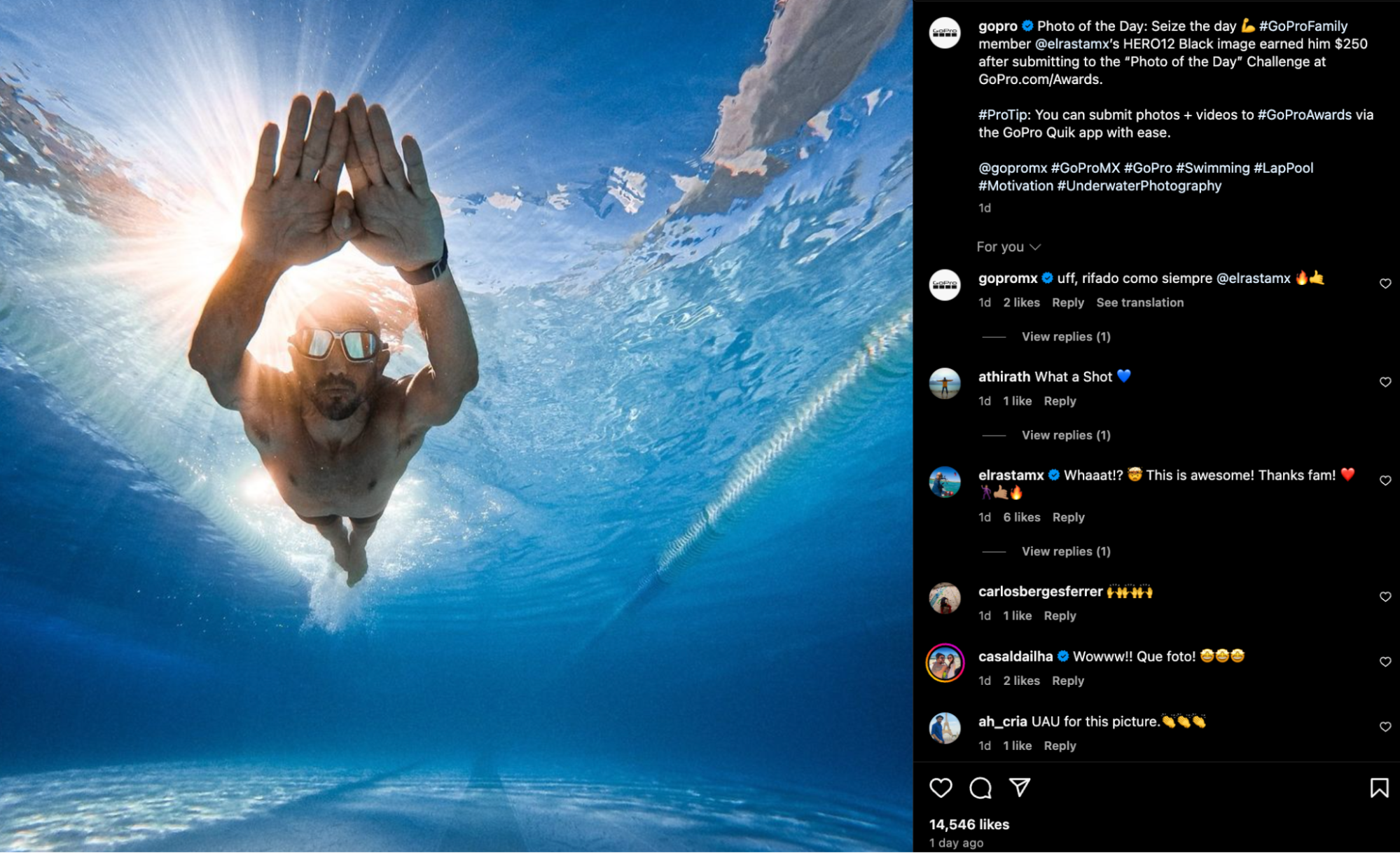
Apple's #ShotoniPhone Campaign
One of the most vibrant and durable user-generated content (UGC) campaigns in recent times includes Apple’s #ShotoniPhone. The ongoing advertising activity motivates all happy iPhone users to post their best shots or videos taken on their iPhones, attached with a hashtag feature #ShotoniPhone.
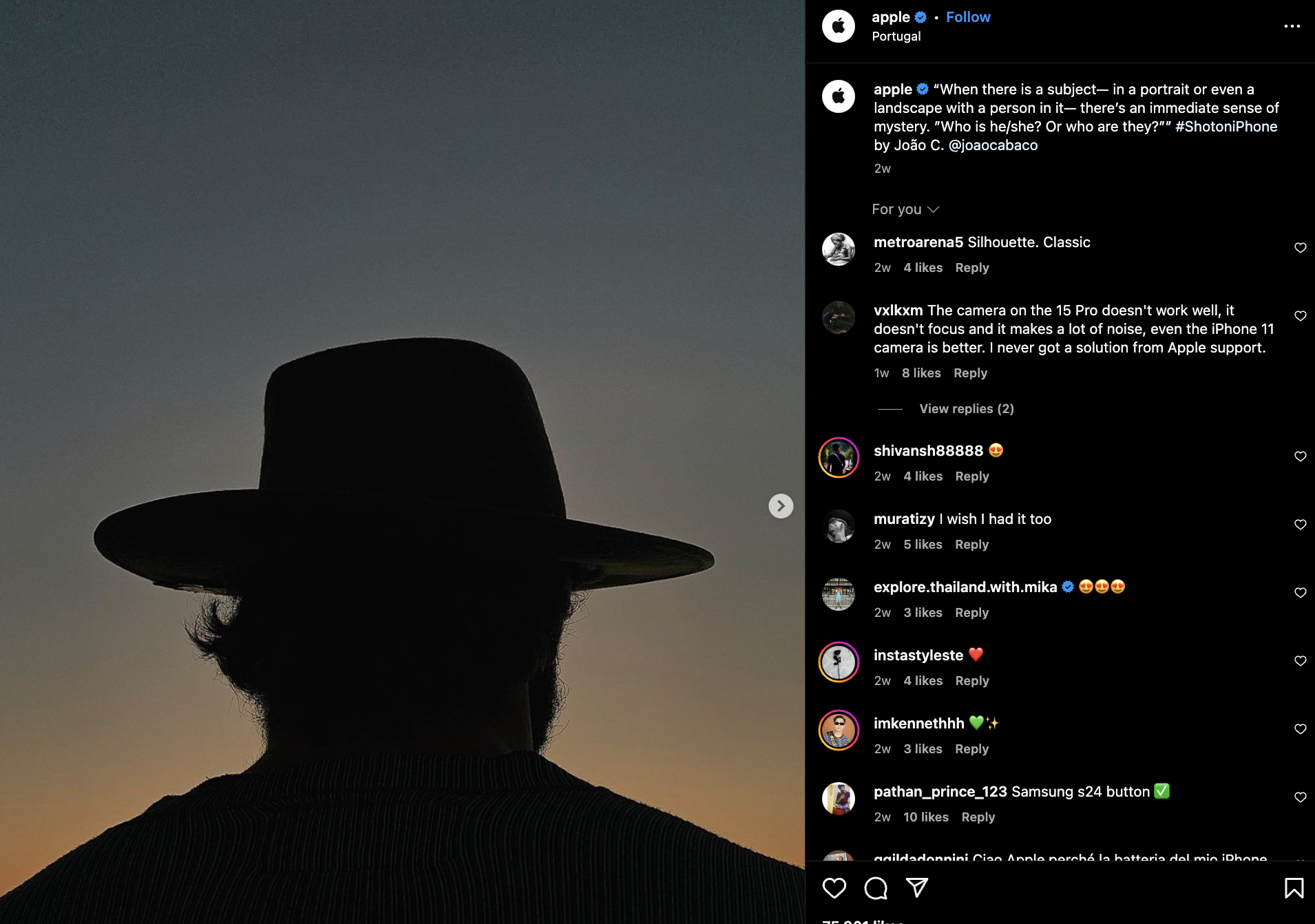
Starbucks' White Cup Contest
Starbucks not only encouraged customers by requesting them to draw on the plain white cardboard cups used to serve coffee and click pictures, but they even went ahead and conducted a contest where people were given so many such cups and asked to send in their illustrations. The purpose was to crown a winner whose unique doodle design would be a featured artwork on a new limited edition reusable cup that captivated the attention of customers.
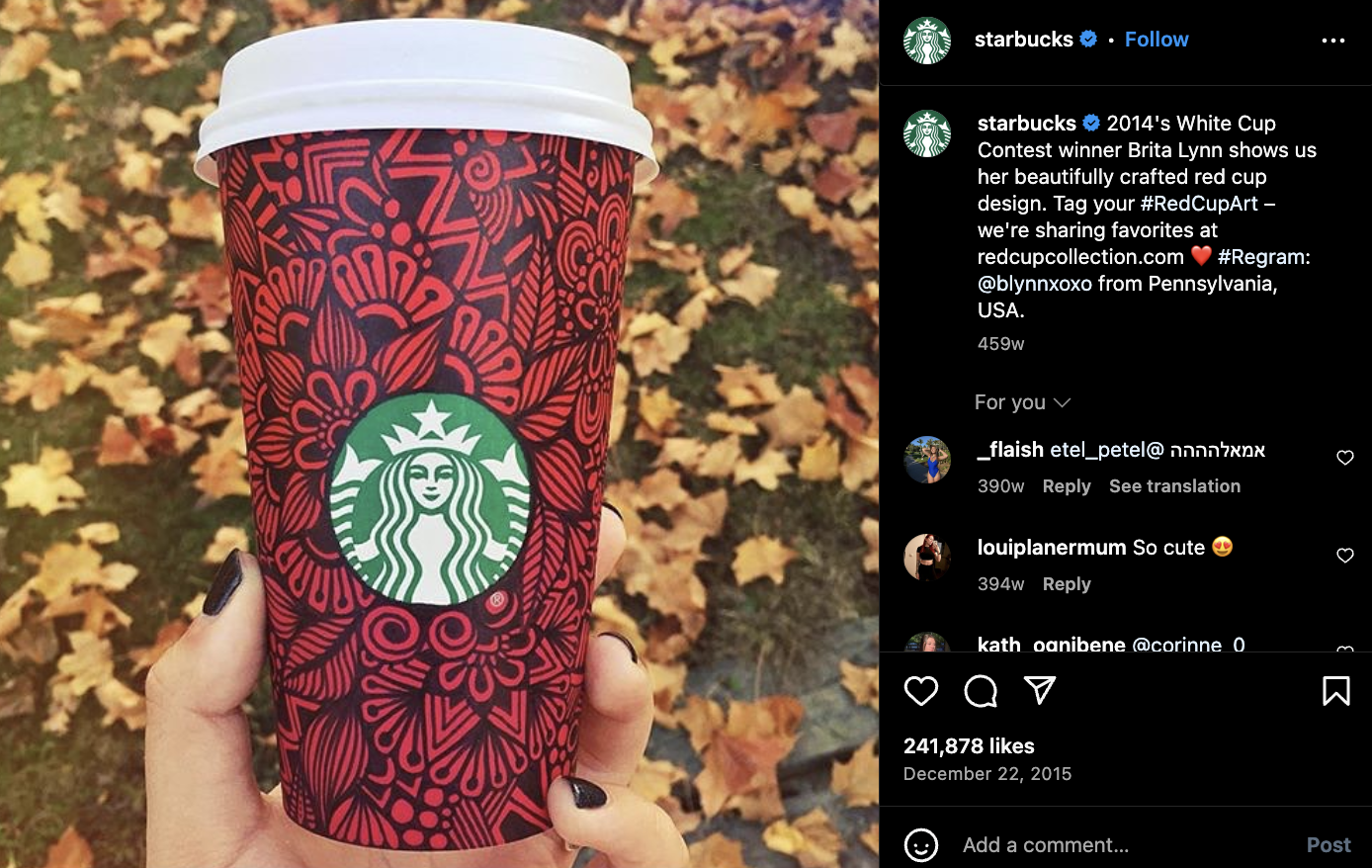
UGC Best Practices: 5 Tips for Cost-Effective Marketing
Prioritize Relevant Content Channels
Determine those specific channels that best facilitate interactions with your potential clientele. Here, marketing activities geared towards UGC may be most relevant.
Set Goals for Your Campaign
Do not forget to define at least a few benchmarks for your content creation campaigns. These college goals will help formulate your plan as well as evaluate the results.
Let Users Be Creative (and Keep the Entry Barrier Low)
Do not dictate too many rules or guidelines on what users can submit. Users’ enthusiasm will increase the more u give them permission to create.
Tie UGC Campaigns to Your Brand Story
Ask for more submissions that are closer to your focus if not your core offering. The notion is therefore more likely to appeal to the consumers you seek.
Get Permission (When Appropriate)
If someone publishes content about your brand without any encouragement, ask for permission before reposting it on your social media accounts, website, or other marketing materials.
Conclusion
User-generated content is a powerful tool in modern marketing strategies. When used effectively, it can boost brand awareness, build trust, and drive conversions. By encouraging and leveraging UGC, brands can tap into the authentic voices of their customers, creating a more engaging and relatable brand experience.
This content was created by Nursena Küçüksoy, Marketing Specialist at Zeo.
















